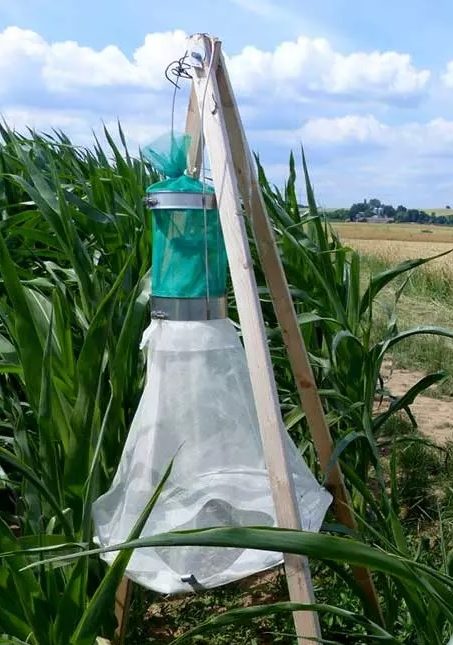Biological & environmentally friendly
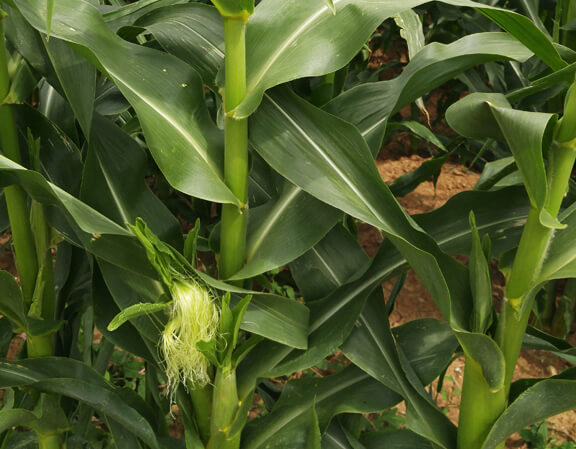
Danger in the cornfield – the corn borer
The corn borer is a small butterfly that ranks among the most considerable pests in the cornfield. Each year it is responsible for over 4% failed harvest worldwide.
The female corn borer lays up to 500 eggs at the leaf undersurface of the cornplant. After 14 days the caterpillars hatch and feed on the cornplant. Blossoms, infructescences and the marrow of the stems fall an easy prey to the catarpillars. The infested plants are more prone to diseases and fungal infestations.
Natural relief – the trichogramma ichneumonid
The corn borer is conventionelly combated with insecticides. Insecticides are not allowed in ecological and organic agriculture. The trichogramma-ichneumonids are the perfect solution for the efficient and organic pest control.
The sustainability of this method speaks for itself:

Step 1

Step 2
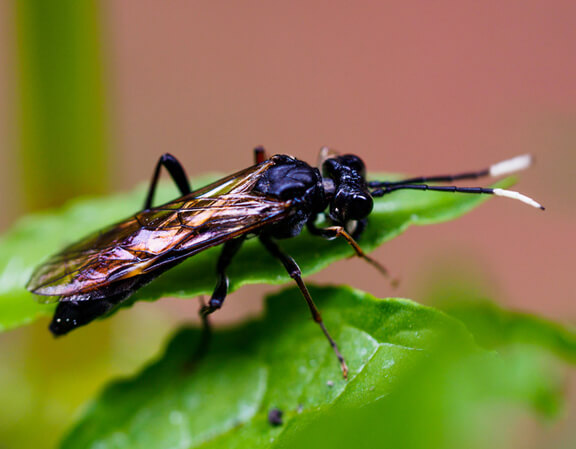
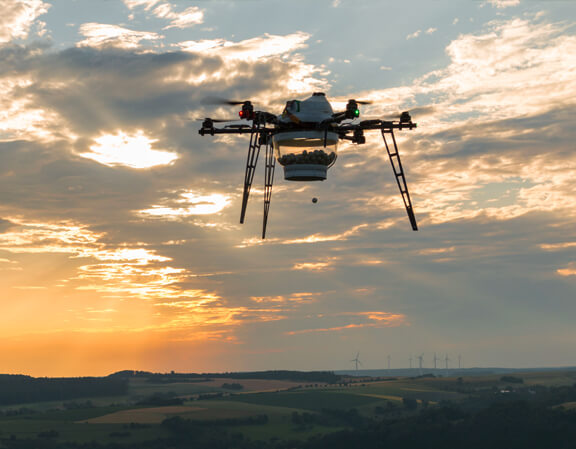
Efficient application via drone
The trichogramma ichneumonids are placed in biodegradable capsules and are transported to the fields by our hightech multicopters.
By advanced GPS and precise dropping we are able to drop the capsules at the exact target. That spares the farmers a lot of time and work because the manual application of trichogramma is very complex.
It has never been so easy to combat the pest in a sustainable and organic way.
Discern the advantages
The trichogramma application via multicopter provides work simplification and profit increase. By now not only organic farmers rely on the ichneumonids.

No crop damage

Healthy environment
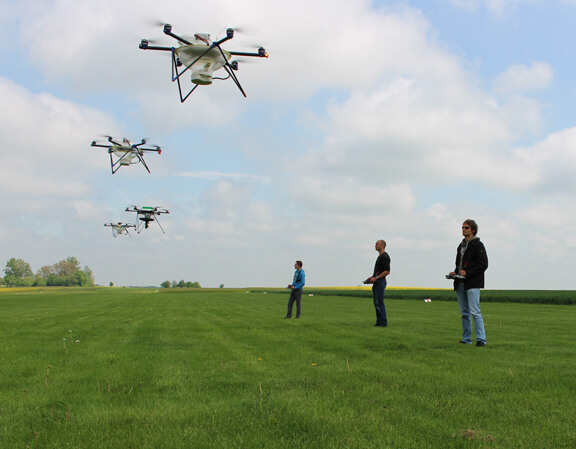
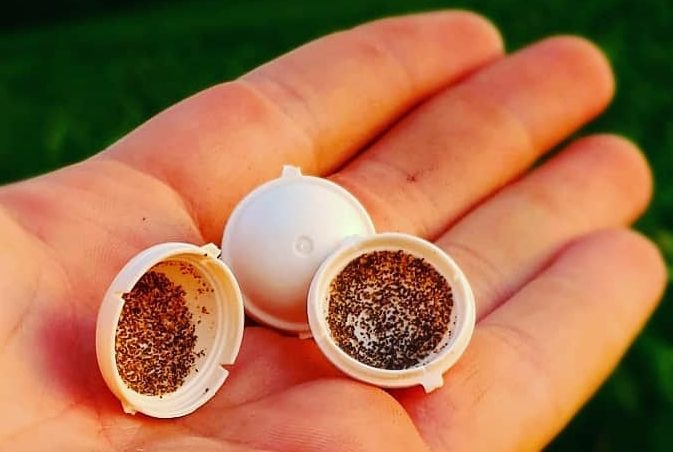
Distribution Possibilitiess
Based on the requirements of our customers, we use different manufacturers and application processes. A distinction can be made between two different distribution methods.

Simple Distribution

Enforced Distribution
The right Timing
Regardless of the type of distribution, the correct application period or rather the day is the decisive factor. The flight activity of the corn borer is monitored with the help of light and pheromone traps. These are set up based on an annual heat sum of around 200°C. This describes the sum of the total daily temperature values from the beginning of the year with a daily average temperature over 10°C. Since with the help of pheromone traps mostly males can be captured, light traps are more suitable solution. By regularly counting the number of moths caught, an increase in the population can be registered, which means that the distribution period is reached.

